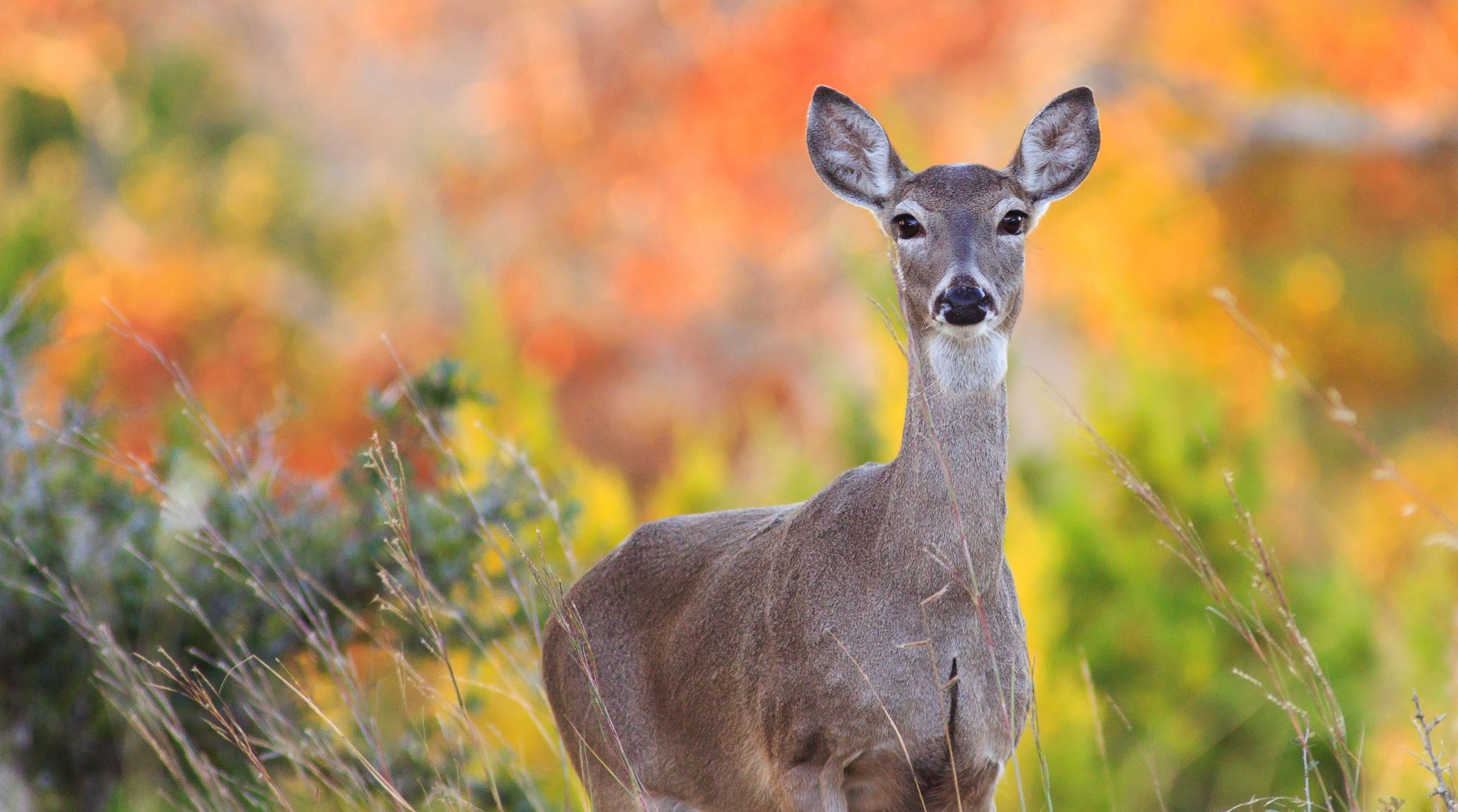
“
Deer are fascinating creatures that roam our forests with grace and elegance. From their majestic antlers to their unique behaviors, there's so much to learn and appreciate about these iconic animals. Join us as we uncover 20 intriguing facts that showcase the beauty and wonder of deer in the wild. Whether you're a wildlife enthusiast or just curious about nature, you're sure to be amazed by these insights into one of nature's most beloved creatures.1
1
”
Over 60 deer species exist worldwide, showcasing a diverse range of sizes, colors, and habitats. From the massive moose to the tiny pudu, these species adapt to various environments across continents.1
Male deer, known as bucks, grow and shed their antlers annually. These impressive structures are used for defense, attracting mates, and establishing dominance within their social hierarchy. 2

The largest deer species is the Alaskan moose (Alces alces gigas). A bull, standing 2.34 meters (7 feet 8 inches) tall and weighing about 816 kilograms (1,800 pounds), was recorded in Yukon Territory, Canada, in September 1897.
Fawns are born with spots on their fur, providing natural camouflage. This pattern helps them hide from predators during their early, vulnerable stages of life. The spots gradually fade as the fawns grow older and become more capable of evading danger.3
The lifespan of deer varies depending on the species and environmental factors. In the wild, most deer species generally live between 6 to 14 years. Factors such as predation, habitat quality, food availability, and disease can all influence their lifespan.4
The oldest recorded deer was Bambi, a hand-reared Scottish red deer born on June 8, 1963, and owned by the Fraser family in Highland, UK. Bambi lived to 31 years and 226 days, far surpassing the typical wild lifespan of 10–20 years.5

Moose, the largest species of deer, possess antlers that can span up to six feet across. These antlers are used primarily during the mating season to compete with other males for females.
Deer communicate within their herds through a combination of vocalizations and body language. These interactions help maintain social bonds and coordinate group movements, especially during times of danger.6
The pregnancy period, or gestation period, of deer varies slightly by species but generally lasts around 6 to 7 months. For example, white-tailed deer have a gestation period of approximately 200 days. 7
Deer are crepuscular animals, meaning they are most active during the twilight hours of dawn and dusk. This behavior helps them avoid the heat of the day and reduces exposure to nocturnal predators.8
Their eyes are positioned on the sides of their heads, granting them nearly 360-degree vision. This wide field of view enhances their ability to detect predators and navigate their surroundings, contributing to their survival in the wild.9
During rutting season, male deer engage in dramatic displays of dominance to attract mates. Antler clashes and vocal challenges are common as bucks compete for breeding rights. 10
All deer species have antlers except for the Chinese water deer. In most species, males grow and shed antlers annually, using them for mating displays and combat, while the Chinese water deer uniquely lacks this characteristic.11
Deer are capable of sprinting at speeds up to 40 miles per hour when threatened. Their agility and speed help them evade predators like wolves, cougars, and bears. These physical abilities are crucial for their survival in the wild.12
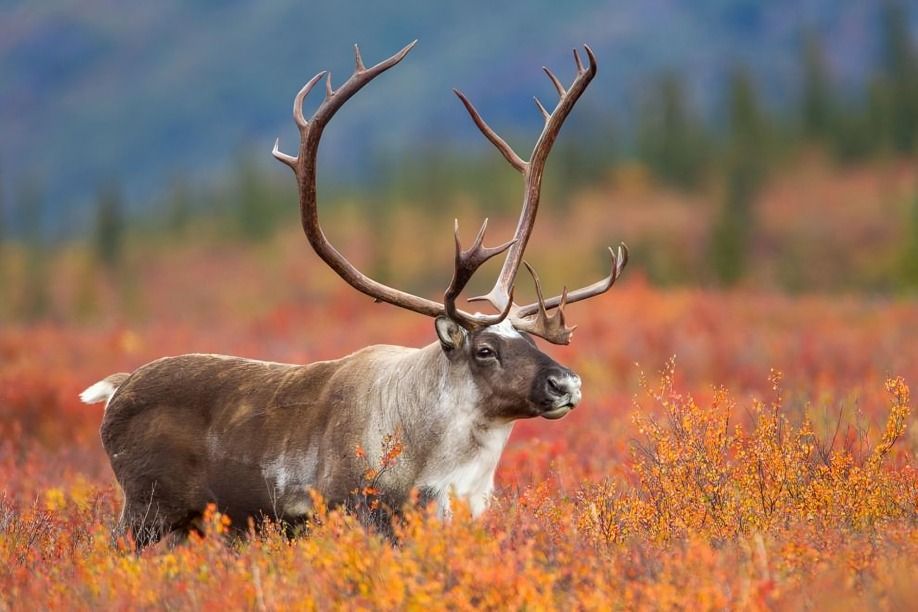
Caribou, a type of deer found in the Arctic regions, undertake extensive migrations to find food and escape harsh winter conditions. These migrations can cover thousands of miles annually.
Deer have complex stomachs with four compartments that help them digest tough plant material efficiently. This adaptation allows them to extract maximum nutrients from their fibrous diet. 13
Certain deer species can leap impressive distances, jumping up to 10 feet high and covering 30 feet in length. This remarkable ability aids in evading predators and navigating through their natural habitats with agility and speed.14
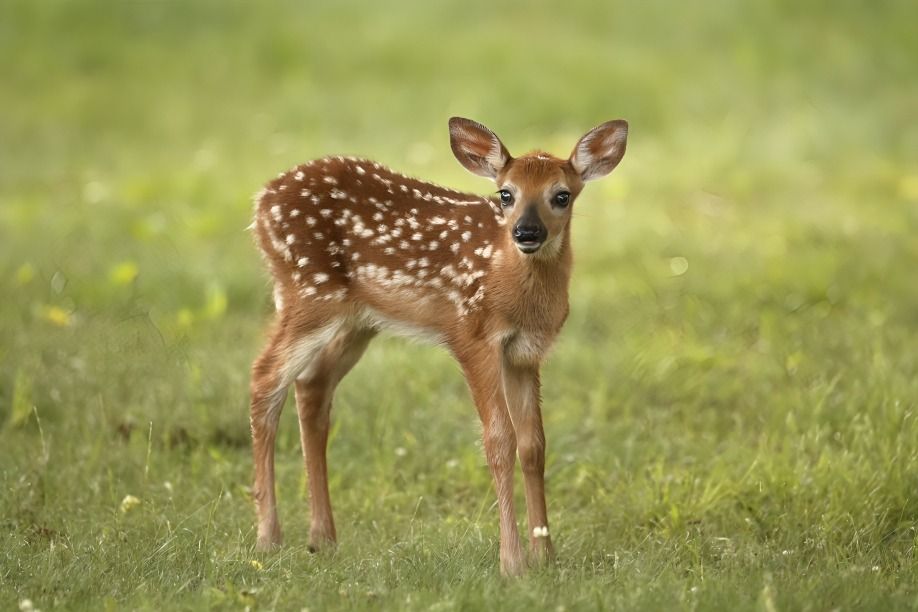
A fawn can usually walk within 30 minutes of birth. Its lack of scent helps it avoid predators, providing a crucial survival advantage during its early, vulnerable stage as it adapts to its environment.
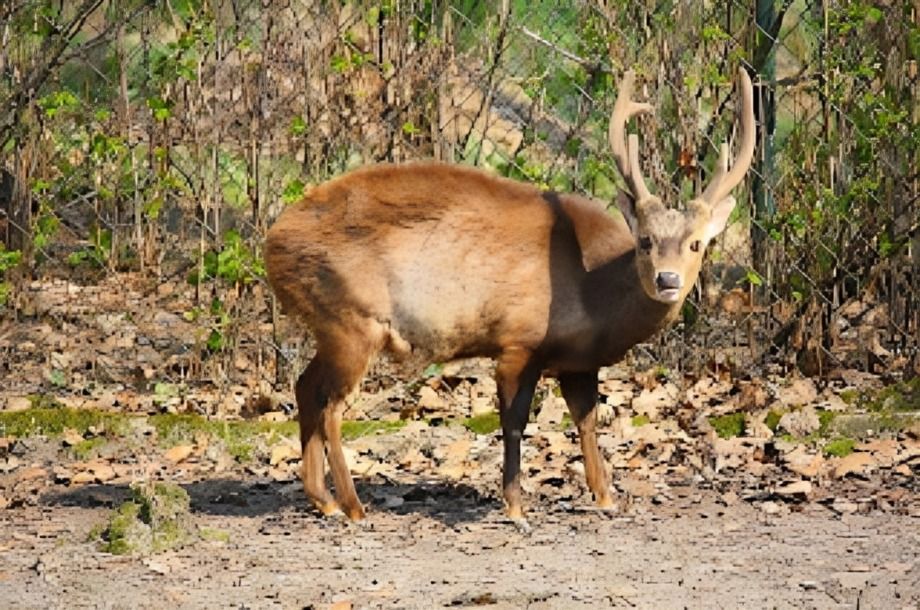
The rarest deer species is the Bawean deer (Hyelaphus kuhlii), found only on the tiny Indonesian island of Bawean, off Java's northern coast. With fewer than 250 mature individuals, it is classified as "Critically Endangered" by the IUCN.
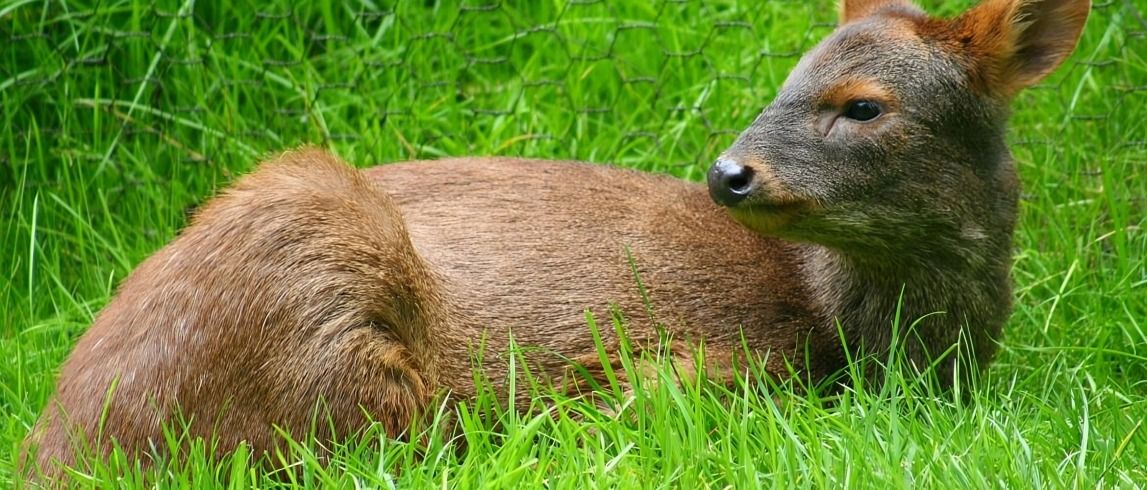
The smallest deer species is the northern pudu (Pudu mephistophiles), native to the Andes in Colombia, Ecuador, and Peru. It reaches a shoulder height of up to 35 cm and weighs up to 6 kg.


